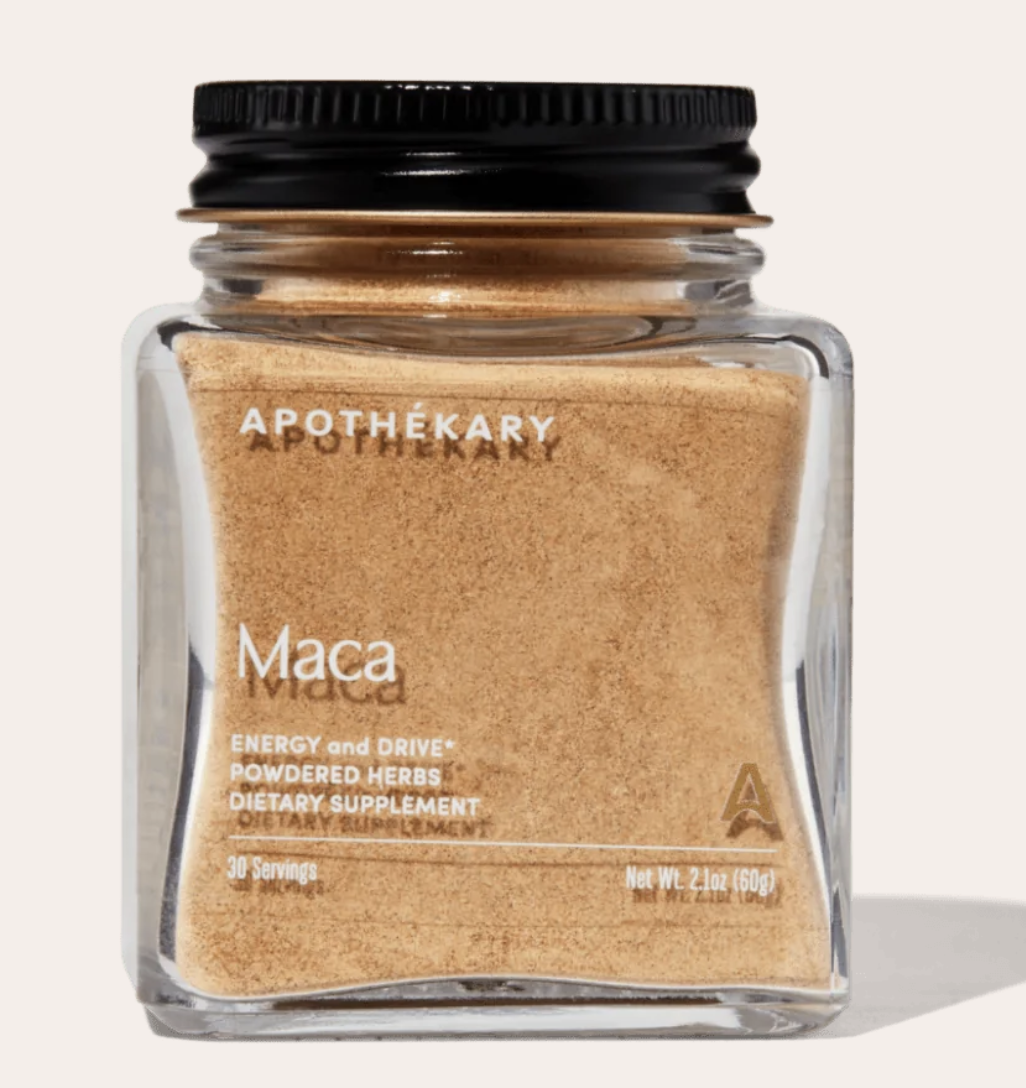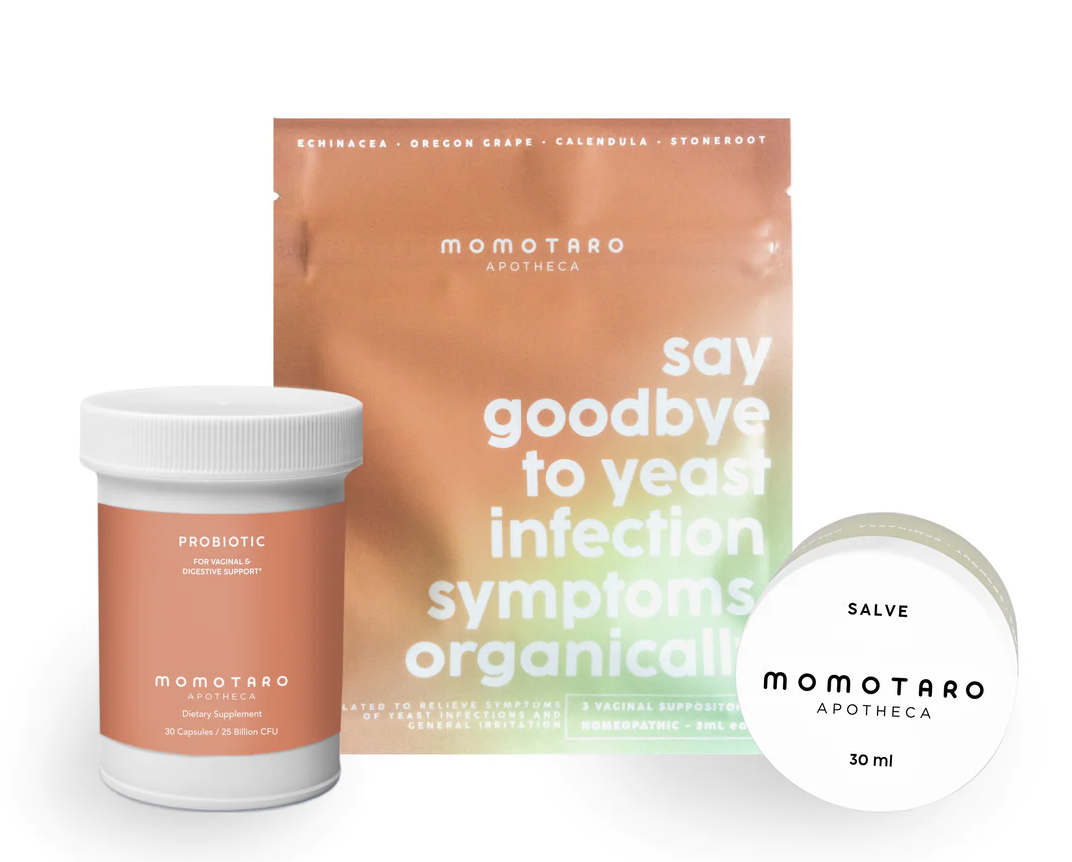Are you experiencing changes in your menstrual cycle? Are you feeling hot flashes, mood swings, or other symptoms that are affecting your daily life? These symptoms may indicate you’ve been in climacteric – the phase in a woman’s life when she transitions from the reproductive stage to non-reproductive. But isn’t that perimenopause you ask? Great question! Let’s look at the definitions of climacteric and menopause, their differences, and the symptoms and treatments associated with each.
One of the most well-known stages of climacteric is menopause, which marks the permanent cessation of menstruation. Menopause is officially diagnosed when a woman has gone without a menstrual period for 12 consecutive months. It is a normal part of aging, but can bring about a range of symptoms that vary in severity and duration. Some women may experience hot flashes, night sweats, vaginal dryness, and mood swings, while others may have few or no symptoms at all.
Understanding Climacteric
Climacteric represents a period in a woman’s life leading up to menopause, characterized by a gradual decline in reproductive hormones. This phase, often spanning several years, marks a transition from the reproductive years to non-reproductive life. It typically begins in a woman’s late 40s or early 50s, but the onset and duration can vary greatly. During climacteric, many women experience a range of symptoms due to hormonal fluctuations, such as irregular menstrual cycles, hot flashes, mood swings, and sleep disturbances. The body undergoes significant changes as it adjusts to decreasing levels of estrogen and progesterone.

Exploring Menopause
Menopause, on the other hand, is a specific point in time, marking the end of menstrual cycles. It is officially diagnosed after a woman has gone 12 consecutive months without a menstrual period. Unlike climacteric, which is a gradual process, menopause is a distinct point in a woman’s life. While the average age of menopause is 51, it can occur earlier or later, influenced by factors like genetics, health conditions, and lifestyle. Common symptoms of menopause include hot flashes, night sweats, vaginal dryness, and emotional changes, all primarily due to decreased estrogen levels.
The Difference Between Climacteric and Menopause
The primary difference between climacteric and menopause lies in their definitions and timeframes. Climacteric is a process encompassing the years leading up to, including, and following menopause, characterized by the gradual decline in reproductive hormones. Menopause, conversely, is a single event marking the cessation of menstrual periods. The symptoms of both are similar but occur at different intensities and durations during these phases.
Physical Changes During Climacteric and Menopause
During both climacteric and menopause, women experience several physical changes, primarily driven by hormonal shifts. These changes include alterations in the menstrual cycle, changes in sexual function, and physical symptoms like hot flashes and night sweats. There’s also an increased risk of osteoporosis and cardiovascular diseases due to lower estrogen levels.

Hormone Happy
Contains a powerful blend of plant extracts shown to relieve symptoms of menopause.
Emotional and Psychological Aspects
The emotional and psychological impact of climacteric and menopause can be significant. Many women report mood swings, irritability, anxiety, and depression during these times. These emotional responses are partly due to hormonal changes and partly due to the life changes and stresses that often occur during these years.
Medical Interventions and Treatments
There are various treatments available to manage the symptoms of climacteric and menopause. Hormone replacement therapy (HRT) is one of the most common treatments, helping to balance hormone levels and alleviate symptoms. Other treatments include lifestyle changes, such as diet and exercise, and alternative therapies like acupuncture and herbal supplements.
Lifestyle Adjustments and Home Remedies
Adopting a healthy lifestyle can significantly ease the symptoms of climacteric and menopause. A balanced diet rich in calcium and vitamin D, regular exercise, and effective stress management strategies can all help. Additionally, certain home remedies, like herbal teas and relaxation techniques, can provide relief from symptoms.
Impact on Fertility and Reproduction
Climacteric and menopause mark the end of a woman’s reproductive years. As ovulation becomes irregular during climacteric and ceases altogether at menopause, fertility decreases. Understanding these changes can help women make informed decisions about their reproductive health.
In a nutshell, climacteric is like the entire journey – it’s the phase in a woman’s life where she transitions from her reproductive years to the non-reproductive stage. It’s an umbrella term that covers the whole process, including perimenopause, menopause, and postmenopause. This journey doesn’t happen overnight. It’s a gradual process and includes several stages: perimenopause, menopause, and postmenopause.

Apothekary Maca
Maca’s nutrient profile is impressive. It contains ample amounts of copper, vitamin C, and potassium–all essential nutrients for mood and energy.












